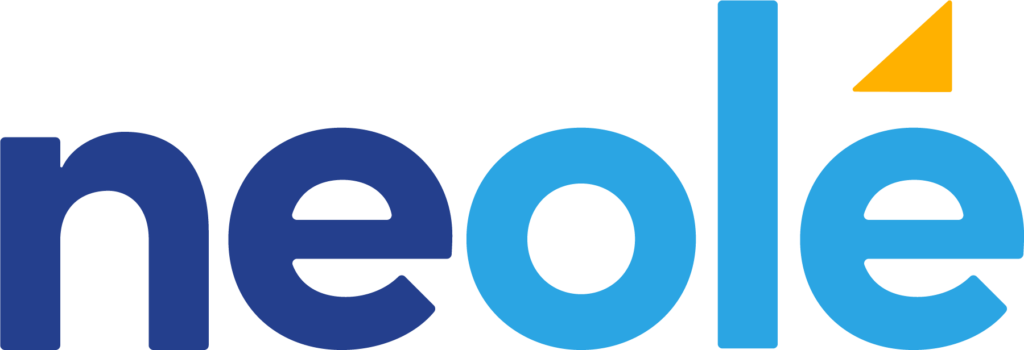How to stay energized, connected, and clear-headed in a constantly shifting work environment.
Hybrid work promised flexibility, freedom, and a better work-life balance. But for many people leaders, it’s starting to feel like a slow burn—mentally draining, emotionally foggy, and logistically… exhausting. While those who are creating intentional hybrid strategies, are thriving.
If you’re finding it harder to manage your energy, support your team, or even make decisions confidently, you’re not alone. The hybrid model offers benefits, but it also comes with subtle, compounding stressors that often go unspoken.
Let’s unpack the real hybrid work challenges that could be wearing you (and your team) down—and how to address them with intention.
1. Constant Context Switching Is Burning Everyone Out
In hybrid work, no two days look the same. One day you’re leading Zoom meetings from your kitchen table, the next you’re commuting, navigating office politics, and trying to remember how to use the coffee machine again. This ongoing shift between work modes—home vs. office, solo vs. team—takes a toll on cognitive and emotional energy.
This context switching forces your brain to recalibrate repeatedly, and over time, it adds up to fatigue that’s hard to name but easy to feel.
2. Lack of Rhythm Creates Decision Fatigue
In traditional work setups, your week followed a rhythm. In hybrid models, everything feels up for negotiation:
- Should I go in today?
- Will I be the only one in the office?
- Is this meeting better in-person or online?
These micro-decisions pile up and deplete your mental resources. For managers especially, who are already making high-level decisions daily, this hidden layer of complexity adds unnecessary weight.
3. Team Disconnection and FOMO Undermine Trust
One of the biggest hybrid work challenges is uneven access to people and information. If half the team is in-office and the other half remote, some voices are naturally louder than others. Subtle signals, spontaneous ideas, and hallway conversations get lost or siloed.
This can lead to feelings of exclusion, mistrust, and decreased engagement. As a leader, you may feel pressure to overcompensate or be “always on” to bridge the gap—only accelerating your own burnout.
4. Blurred Boundaries Affect Wellbeing
Without clear transitions between work and home, we end up half-working all the time. Work seeps into our evenings. Emails sneak into weekends. Even when we’re technically “off,” our brains are still on. Leaders often absorb the emotional stress of their teams too—leaving little room for their own recovery.
If you’re feeling less resilient, it’s not a failure—it’s a signal. The hybrid environment isn’t designed for sustainable wellbeing unless we intentionally create it.
So, What Can We Do About These Hybrid Work Challenges?
Here are 5 leader-tested strategies to navigate hybrid work challenges while protecting your own energy and your team’s wellbeing:
1. Create a Predictable Hybrid Rhythm
Choose consistent in-office days for collaboration and remote days for focus. When the team knows what to expect, you reduce ambiguity and help everyone manage their energy better.
2. Set Teamwide Communication Norms
Agree on how your team uses tools like Slack, email, or meetings. Normalize status updates like “heads down today” or “available for quick chats.” This fosters trust and reduces the pressure to always be online.
3. Protect Transitional Moments
Whether you’re logging off or walking into a meeting, use 5-minute rituals to reset. A short walk, music, or even intentional breathing can help shift gears and recharge between meetings and between roles.
4. Make Wellbeing a Team Priority
Learn about the Six Self-Care Strategies and the Six Collective-Care Strategies to ensure you create a healthy workplace culture where people can sustain high performance. When leaders prioritize wellbeing, it gives the team permission to do it too.
5. Rebuild Social Connection Intentionally
Don’t leave team culture to chance. Schedule “non-agenda” check-ins, celebrate wins publicly, and create space for informal conversations—whether in person or virtual.
Hybrid Work Challenges Are Real—But They’re Solvable
The hybrid model isn’t inherently broken. But it does require more thoughtfulness—especially from people leaders navigating shifting expectations, team dynamics, and personal burnout.
By naming these challenges and responding with structure, empathy, and clarity, you can create a hybrid culture that doesn’t just function—it flourishes.
If you would like some help engaging your team in a productive solution-focused workshop to co-create hybrid workplace strategies that are a perfect fit for your unique workplace, let’s chat.
Ginny Santos MSc. CEO, Well-being Advocate, and Adjunct Professor.







